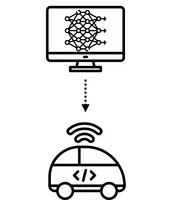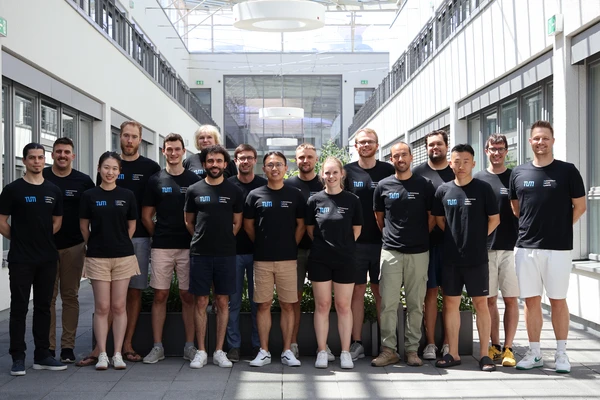Hi! We are the Autonomous Vehicle Systems (AVS) lab. Our focus is on mobile robotics – especially on autonomous systems that can move safely, efficiently, and intelligently through complex and dynamic environments.
In our research, we develop novel algorithms for interactive trajectory and behavior planning, adaptive control, and continuous learning. Our goal is to advance the next generation of intelligent and autonomous robots.
We tackle real-world challenges: from mobile robots and autonomous vehicles to intelligent multi-robot systems. Would you like to help shape innovation in mobile robotics with us? We’d love to hear from you – whether you're interested in a thesis, a project, or a collaboration.

Our Labs research is motivated by the goal of developing the next generation of intelligent autonomous vehicles. Our research results can be applied to a wide range of applications, from classic autonomous road vehicles (cars, trucks), to autonomous vehicles that have to operate in rough terrain, to autonomous miniature vehicles that can perform service tasks.

We aim to develop vehicles that will be able to interact with each other and with humans while operating safely, efficiently and powerfully. Our vision is to enable safe and trustworthy autonomy for a wide range of highly integrated autonomous vehicle applications. We achieve this by designing adaptive dynamic path planning and control algorithms, developing behavior planners that can operate under uncertainty in multi-agent environments,

The algorithms we develop are evaluated in 2D and 3D simulation environments using automated software tests to assess and improve algorithm performance in a controlled and safe environment. These simulations are based on detailed sensor, vehicle dynamics, and environmental models, allowing us to draw conclusions about real-world behavior and to keep closing the sim-to-real gap. Our Lab aims to enable testing of the algorithms on real vehicle systems. The focus of the final real-world integration is primarily on evaluating the real-time capability, performance and fail-safety (protection) of the algorithms.
